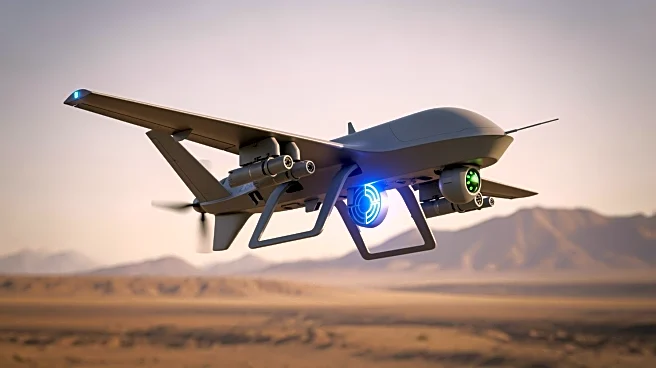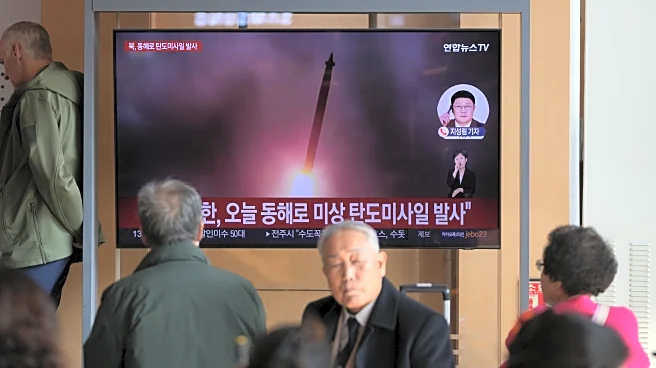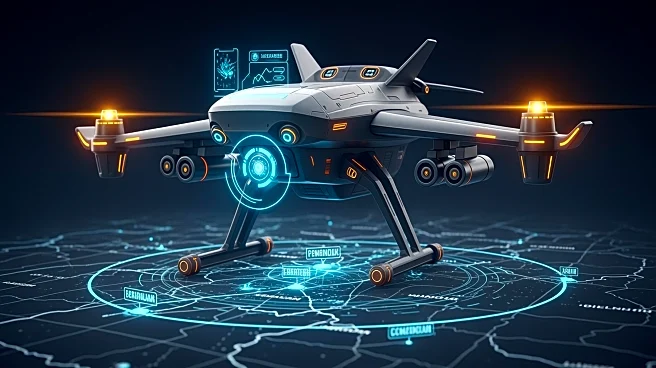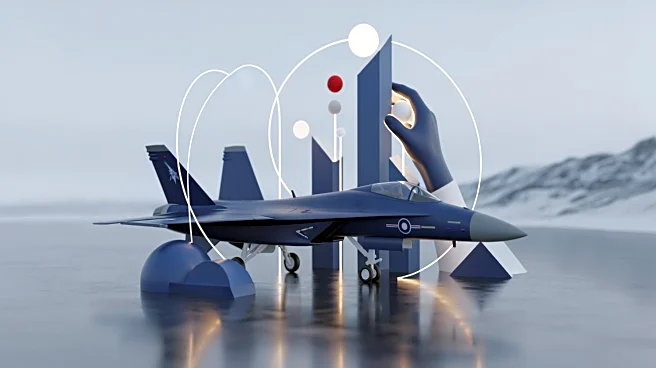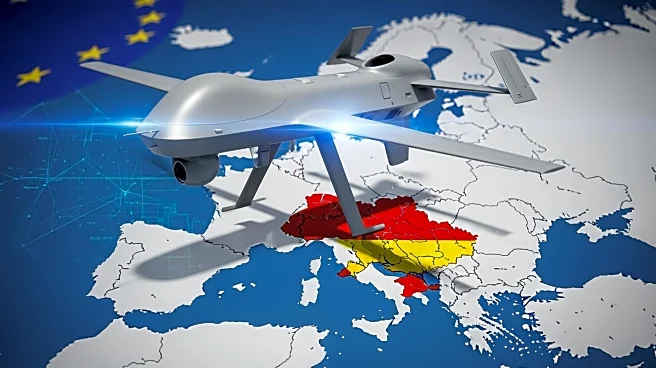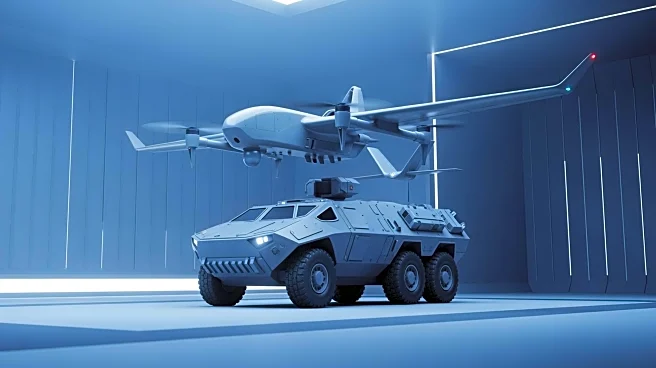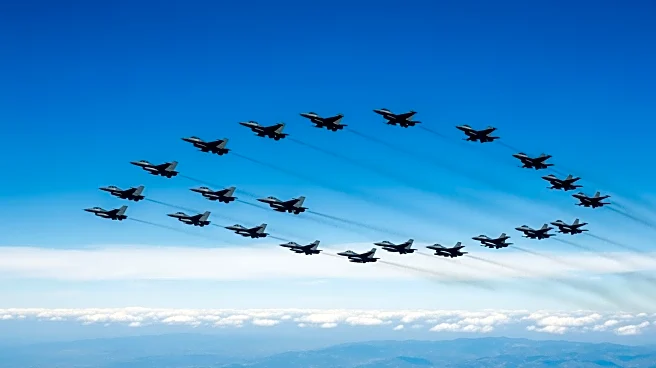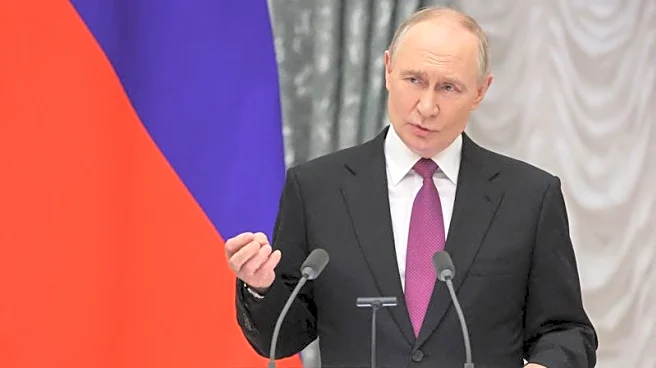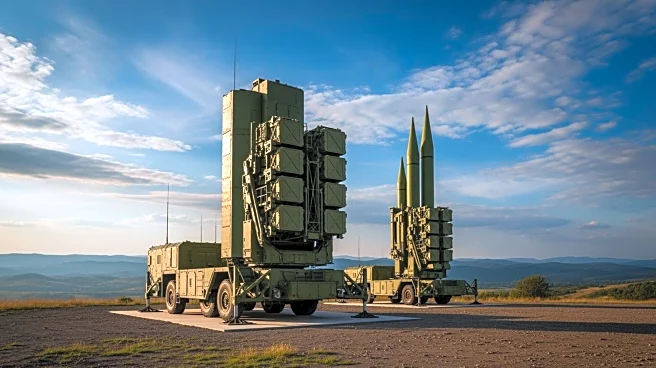What's Happening?
Ukrainian engineers are developing drones to replicate the battlefield impact of U.S.-supplied HIMARS systems, which have been crucial in Ukraine's defense strategy. These drones aim to maintain the distance
and accuracy of HIMARS, countering Russian measures that have reduced their effectiveness. The development focuses on midrange unmanned aerial vehicles capable of carrying significant payloads over long distances. This initiative is part of Ukraine's broader strategy to enhance its military capabilities amid ongoing conflict with Russia.
Why It's Important?
The HIMARS systems have been vital in Ukraine's ability to strike Russian logistical hubs and command posts. As Russian countermeasures diminish their effectiveness, the development of drones offers a strategic alternative to maintain military pressure. This innovation could shift the dynamics of the conflict, allowing Ukraine to continue targeting key Russian positions effectively. The growth of Ukraine's drone sector also highlights the country's technological advancements and adaptability in warfare.
What's Next?
Ukraine's Unmanned Systems Forces are expected to expand, increasing the deployment of midrange strike drones. This development could enhance Ukraine's military capabilities, creating a 'kill zone' where Russian forces are vulnerable. However, challenges remain in scaling production and standardizing warheads for these drones. The success of this initiative could influence future military strategies and procurement decisions.
Beyond the Headlines
The use of drones in warfare raises ethical and legal questions about remote combat and civilian safety. As Ukraine advances its drone technology, international norms and regulations may need to adapt to address these concerns. The reliance on drones also reflects broader trends in modern warfare, where technology plays an increasingly central role.
